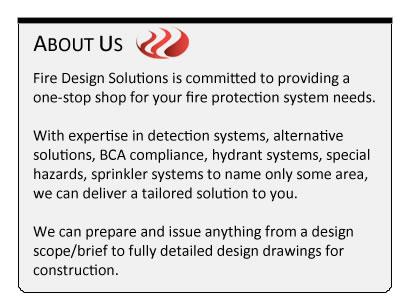Fire protection services play a crucial role in defending both people and establishments from the catastrophic impacts of fires. Whether at home or in the office, grasping and applying effective fire safety measures can make all the difference in an emergency situation. With numerous fires occurring each year, often due to common hazards and correctable mistakes, being diligent about fire safety is not just recommended, it is vital.
As we explore the importance of fire safety services, we will cover various critical aspects including crucial guidelines for protecting your home and business, the necessity for regular fire drills, and how to create an effective fire escape plan. From understanding fire hazards to utilizing smoke alarms and fire sprinklers, learning how to respond can ensure safety. In an increasingly complex world where regulations and technologies are continuously changing, staying knowledgeable and ready is essential.
Important Fire Prevention Tips
Fire protection is crucial for safeguarding both homes and offices. One of the simplest yet most powerful tips is to ensure that smoke alarms are installed and working effectively. Regularly inspect your smoke alarms, ideally at least once a month, and replace the batteries at least once a year. Smoke alarms can greatly increase the chances of withstanding a fire by providing an early warning that allows occupants to flee safely.
Another key aspect of fire safety is having a well-planned fire escape plan. This involves mapping out potential exits from your residence or workplace and ensuring everyone knows their exit paths. Perform fire drills regularly so that everyone, including family members or staff, feels prepared and rehearsed in case of an emergency. An effective escape plan can make a noticeable difference in reducing panic during a fire crisis.
Additionally, it is crucial to recognize and reduce common fire hazards within your space. Place flammable materials clear of heat sources, and ensure that electrical outlets are not overloaded. Implementing suitable storage practices for chemicals and making sure that fire extinguishers are readily available and effectively maintained can also enhance safety. By being anticipatory about these fire hazards, you can greatly reduce your risk of a fire starting in the first place.
Crisis Readiness and Drills
Crisis readiness is a critical aspect of fire safety services that ensures everyone understands how to react in the event of a fire. Carrying out regular fire drills is crucial for both homes and businesses. Such exercises help acquaint occupants with escape routes, designated responsibilities, and the sound of alarms, minimizing panic when a real emergency occurs. Understanding the appropriate response can greatly enhance the likelihood of survival and reduce the risk of injuries.
Carrying out fire drills should be systematic and planned at least two times a year. Fire Strategy Report allows participants to evaluate the efficacy of the existing fire escape plan and identify any flaws. Additionally, it offers an occasion to check the function of essential safety equipment, such as fire alarms and extinguishers. By actively engaging in these drills, individuals can build confidence and improve their overall preparedness.
Furthermore, engaging all members of a household or workforce in fire drills creates a atmosphere of safety. It promotes discussions about fire hazards and emphasizes the necessity of vigilance in identifying potential risks. By encouraging teamwork during these exercises, everyone can play a part to a more secure environment, ensuring that when an emergency occurs, there is a cohesive and well-rehearsed plan in place for everyone to follow.
Regulations and Standards for Fire Safety
Fire safety regulations and guidelines are crucial systems designed to ensure safety and property from the destructive consequences of fire. Entities such as the NFPA and the OSHA provide guidelines that set the minimum standards for fire prevention, safety measures, and preparing for emergencies. These rules help guarantee that companies and individuals take the appropriate steps to minimize fire dangers, adhere to local regulations, and focus on safety in their places of work and home.
Compliance with fire safety rules is more than just complying with laws; it also plays a critical part in ensuring workplace safety and home safety. Organizations are required to adopt safety practices such as regular fire risk assessments, installation of fire alarms, keeping fire extinguishers maintained, and conducting fire drills. By adhering to these standards, organizations can significantly diminish the risk of fire outbreaks and safeguard their staff, customers, and property. Failure to comply can lead to harsh penalties, including legal penalties and increased liability in case of a fire emergency.

Understanding and implementing fire safety standards fosters a culture of safety within any setting. Training employees on these regulations ensures that all individuals is conscious of their roles in case of a fire situation. Regular inspections and upkeep of fire safety devices are critical components of this preventive method. By focusing on fire safety standards and standards, companies and individuals can build resilience against fire hazards, ensuring a protected and secure setting for all.
